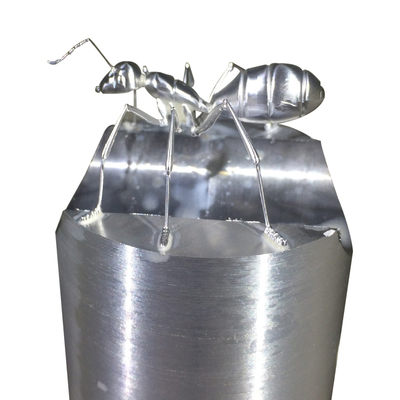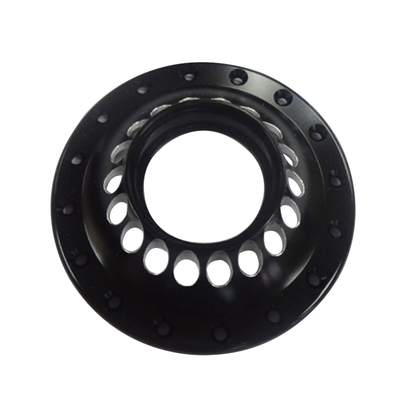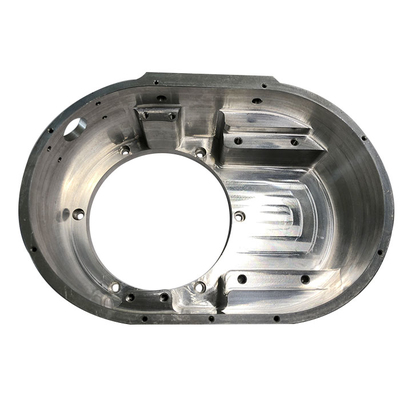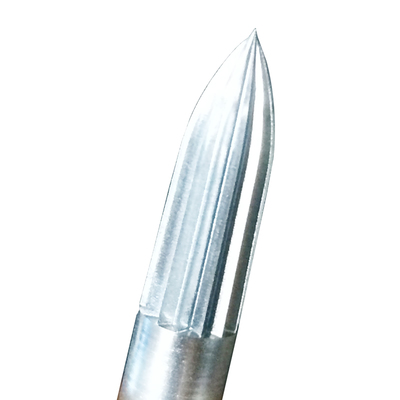Design and manufacture of micro drum for electroplating
It is the process of using electrolysis to attach a metal film to the surface of metal or other materials to prevent metal oxidation (such as rust) and improve wear resistance, conductivity, light reflection, and corrosion resistance (copper sulfate, etc.) And to enhance the beauty and other functions.
1 Introduction
Due to the relatively large loading capacity of the electroplating drum, even the small drum used for electroplating jewelry or watch parts has a loading capacity of at least 0.5L. If you need to do a small test of barrel plating, or barrel plating a small amount of small workpieces, it is quite tricky. For a long time, no micro-roller products have been found on the market. In order to cope with the occasional need for small experiments and sample production, the author's company has developed a simple and practical micro-roller with a loading capacity of about 100~120mL. At present, the micro-cylinder has been successfully applied to the development test of new plating species, and the expected results have been achieved.
2. Design ideas
Generally, the drum used for electroplating has three main components: drum, transmission and speed regulating device, and conductive system. Therefore, the design idea is to make the manufacturing process of this micro-roller simple, low-cost and practical.
2.1 Transmission and speed control device
At present, full-immersion roller transmissions are popular. It needs a motor structure, so it is more complicated. For this reason, the device must be simplified from the beginning of the design. Because the shaft center of the bell-shaped drum is connected with the shaft center of the motor, gears and other transmission devices can be omitted. In addition, since the load of the micro drum is not large, a micro DC motor can be used. The motor can not only adjust the speed by adjusting the input voltage (stepless speed regulation), but also change the direction of rotation by changing the polarity of the power supply. Therefore, the design is based on the bell-shaped drum.
2.2 The design of the drum
The design principle of the roller is to have enough strength to facilitate the turning, loading and unloading of the workpiece and powering on. A beverage bottle with a polygonal cross section is used as the roller. The selection principle is: the bottle has a large caliber, thicker wall, and high temperature resistance, that is, the selected plastic bottle can withstand temperature above 65°C, and the cap diameter is 25mm. The bottle cap can be fixed on the shaft of the micro motor in a variety of ways. The drum can be loaded and unloaded by opening and closing the bottle cap. The drum eye is "drilled" with the tip of an electric soldering iron. In order to adapt to different workpieces, you can use the same type of bottles to make several rollers with different diameters.
2.3 Conductive system
The design of the conductive system should consider that it is well energized and easy to maintain. Therefore, insert the cathode through a small hole in the center of the bottom of the bottle (drum). In addition to loading and unloading the workpiece, the cathode is fixed, the inserted part is conductive, and the part that extends out of the plating tank moves as the drum enters and exits the plating tank, and usually needs to be clamped on the frame or bracket. The anode is relatively simple. Just like the ordinary barrel plating anode, it can be hung on both sides of the plating tank.
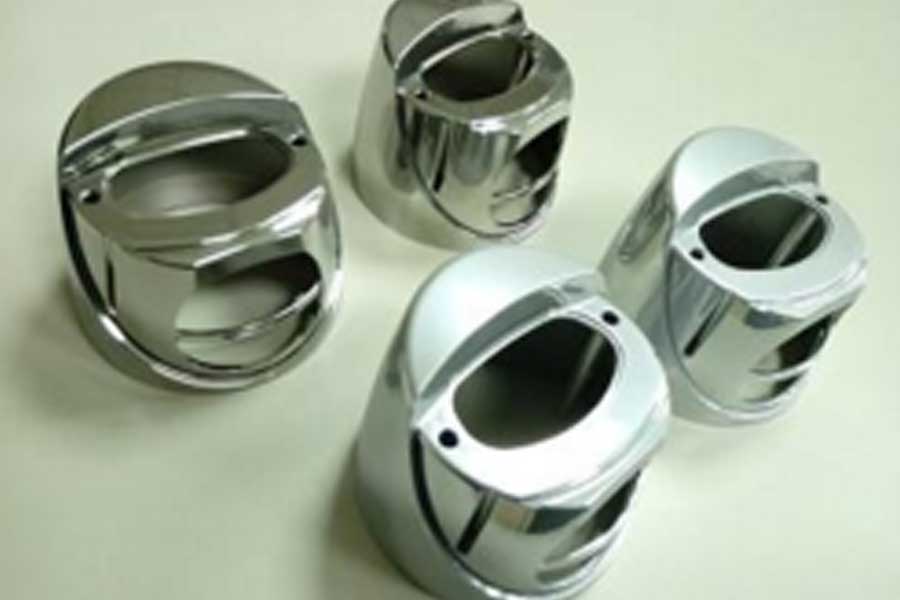
3. The key to production
3.1 Transmission and speed change device
Motors for manufacturing transmission and variable speed devices should adopt DC decelerating micro-motors with a power of several watts and a voltage of 6V or 12V, and a rated speed of 6, 9 or 12r/min as required. When stepless speed regulation is required, an adjustable DC (stabilized) power supply should be used. The rotation direction of the motor is controlled by the difference between the positive and negative poles of the power supply. In order to prevent the bottle cap from opening automatically during the rolling process, the rotation direction of the bottle (roller) is clockwise, that is, the direction of tightening the cap. If you manufacture a roller with a fixed speed of about 12r/min, you can directly purchase a 12r/min DC motor and use a simple DC power supply.
3.2 Connection of motor shaft and bottle cap
The connection between the motor shaft and the bottle cap is the key to the production of the drum. A mushroom-shaped connector and a mushroom shank drill hole are needed here to facilitate the insertion of the motor shaft. The side holes need to be fixed with screws to prevent slipping. The plane of the connector is connected with the plane of the bottle cap and fixed with 2~3 small screws. In order to ensure that the drum runs normally and does not shake, the motor connector must ensure that the motor shaft and the bottle cap are on the same central axis.
3.3 Drum cathode
A thicker L-shaped plastic wire is used to make the drum cathode. Among them, the short upward part is inserted into the hole in the center of the bottom of the drum, and the tip part needs to be cut off the insulation layer of the wire to facilitate conduction. The horizontal section is slightly longer than the radius of the drum, and is about 1 cm parallel to the drum like the longer section, and is fixed on the frame (support) with stationery clips to facilitate the loading and unloading of the drum.
3.4 Micro motor
The micro motor is fixed on a three-ply board. It is connected with the frame (bracket) by a "arbitrary stop" hinge. The hinge has a certain resistance for opening and closing, which is convenient for opening and closing and maintaining the angle of opening and closing.
4. Continuous improvement in practice
It is found in the early stage of application that it is difficult to flip the workpiece in the drum. Therefore, in operation, try to adjust the roller to the horizontal position. In addition, referring to the mixing principle of the concrete mixer truck, the bottle is vertically split, and the ribs in the same direction as the central axis are glued with an adhesive in the drum like a normal drum (the bottle is restored to its original shape after the ribs are glued) to facilitate the workpiece flip. If heavy objects such as screws are plated, the ribs in the barrel must be made into the same thread shape as the rotation of the drum to accelerate the turning of the workpiece.
In the experiment, when it is necessary to increase the conductivity of the cathode in the drum, the conductive part of the copper core in the drum can be lengthened and bent by 180. The two copper cores can be close to each other or parallel (keep a certain distance). If the distance between the two copper cores exceeds the diameter of the plastic wire, the round hole in the center of the bottom of the drum must be changed to a Φ shape, and the cathode can be inserted or withdrawn after the drum is turned to a proper angle.
5 Conclusion
The cost of the micro-roller device for electroplating is about 120 yuan (excluding electroplating power supply and anode), and the loading capacity is about 100 mL, which is suitable for small-scale production and testing.
Link to this article: Design and manufacture of micro drum for electroplating
Reprint Statement: If there are no special instructions, all articles on this site are original. Please indicate the source for reprinting:https://www.cncmachiningptj.com/,thanks!
 Sheet metal, beryllium, carbon steel, magnesium, 3D printing, precision CNC machining services for heavy equipment, construction, agriculture and hydraulic industries. Suitable for plastics and rare alloys machining. It can turn parts up to 15.7 inches in diameter. Processes include swiss machining,broaching, turning, milling, boring and threading. It also provides metal polishing, painting, surface grinding and shaft straightening services. The production range(include aluminum die casting and zinc die casting) is up to 50,000 pieces. Suitable for screw, coupling, bearing, pump, gearbox housing, drum dryer and rotary feed valve applications.PTJ will strategize with you to provide the most cost-effective services to help you reach your target,Welcome to Contact us ( [email protected] ) directly for your new project.
Sheet metal, beryllium, carbon steel, magnesium, 3D printing, precision CNC machining services for heavy equipment, construction, agriculture and hydraulic industries. Suitable for plastics and rare alloys machining. It can turn parts up to 15.7 inches in diameter. Processes include swiss machining,broaching, turning, milling, boring and threading. It also provides metal polishing, painting, surface grinding and shaft straightening services. The production range(include aluminum die casting and zinc die casting) is up to 50,000 pieces. Suitable for screw, coupling, bearing, pump, gearbox housing, drum dryer and rotary feed valve applications.PTJ will strategize with you to provide the most cost-effective services to help you reach your target,Welcome to Contact us ( [email protected] ) directly for your new project.

- 5 Axis Machining
- Cnc Milling
- Cnc Turning
- Machining Industries
- Machining Process
- Surface Treatment
- Metal Machining
- Plastic Machining
- Powder Metallurgy Mold
- Die Casting
- Parts Gallery
- Auto Metal Parts
- Machinery Parts
- LED Heatsink
- Building Parts
- Mobile Parts
- Medical Parts
- Electronic Parts
- Tailored Machining
- Bicycle Parts
- Aluminum Machining
- Titanium Machining
- Stainless Steel Machining
- Copper Machining
- Brass Machining
- Super Alloy Machining
- Peek Machining
- UHMW Machining
- Unilate Machining
- PA6 Machining
- PPS Machining
- Teflon Machining
- Inconel Machining
- Tool Steel Machining
- More Material

